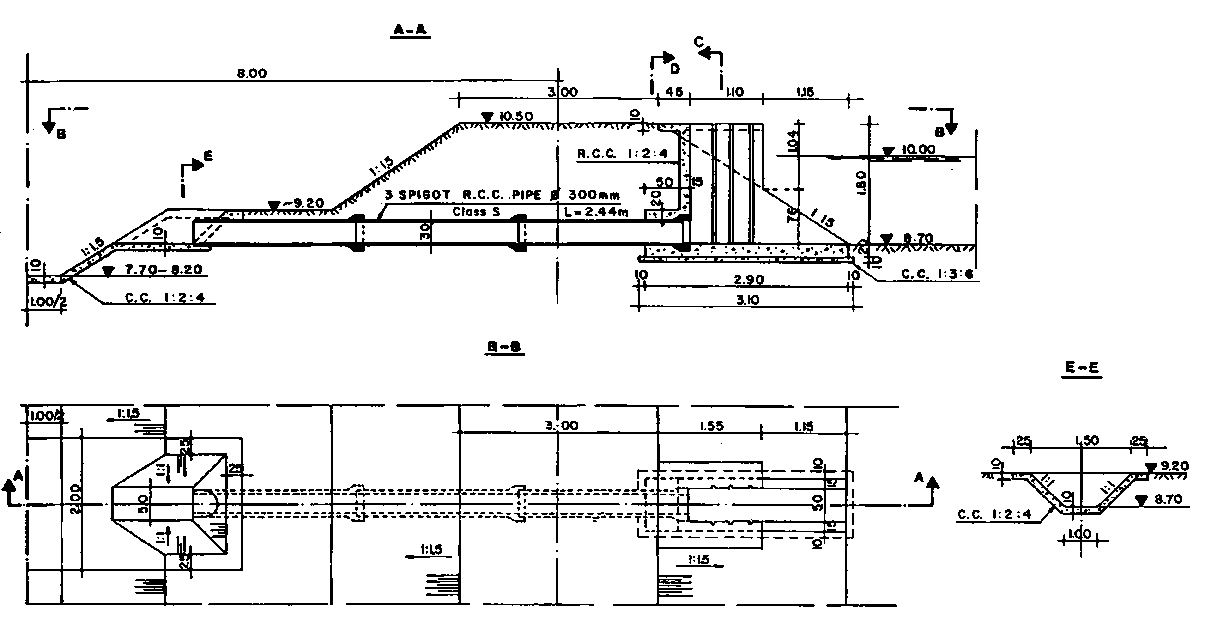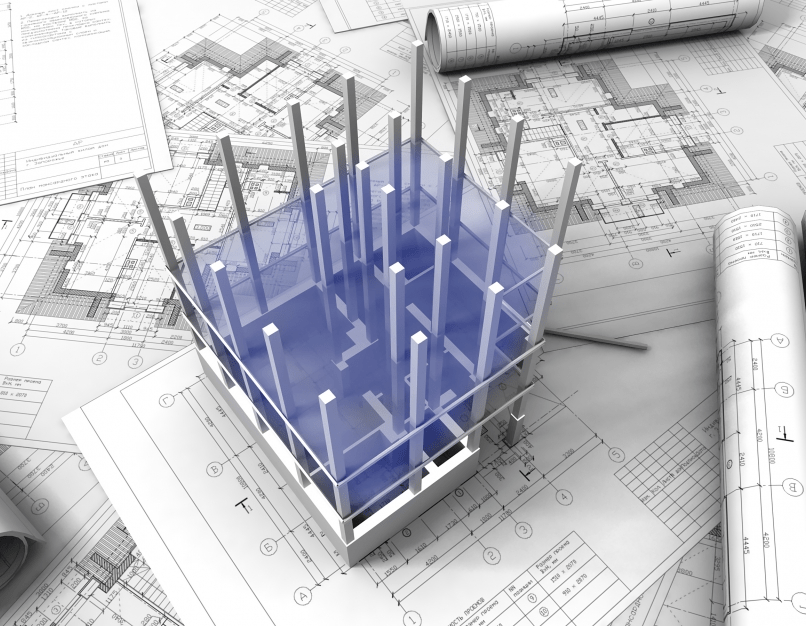In civil engineering, drawings at different stages play a pivotal role in project execution. Beyond serving as precise guidelines for engineers and architects, these drawings offer critical information for diverse stakeholders. And from the bidding stage to project completion, each type of civil engineering drawing has different requirements. To make these clear, this article will delve into six primary types of civil engineering drawings. Now let’s scroll down and explore them all.
What is Civil Engineering Drawing
Civil engineering drawings are technical documents used to convey and record design intent in civil engineering projects. Typically created by hand or engineering design software, these drawings are comprised of graphics, specifications, dimensions, and other elements of the project. They will also depict architectural structures, soil mechanics, road designs, drainage systems, and other infrastructure components.
Depending on the construction phase and specific needs, civil engineering design drawings can be categorized into site plans, cross-sectional drawings, construction drawings, as-built drawings, and more. These drawings are vital at different project stages. They can aid in bidding, provide information, standardize work, and ultimately ensure project completion. In essence, civil engineering design drawings are indispensable and precise guidance in the engineering process.
Type 1. Conceptual Drawings
In the early stages of civil engineering, conceptual drawings are required. In this phase, the drawings will not go deep into technical and construction details. Instead, their primary purpose is to communicate the overall design direction of the civil engineering project. Meanwhile, they are used to explore potential infrastructure scenarios and assess the strengths and drawbacks of the design.
Conceptual drawings are important at the project initiation stage. Although they are just a framework, they represent the results of extensive surveys and common understanding. If the project is approved, conceptual drawings will evolve into more specific design drawings, guiding the actual implementation.
Type 2. Master Plans
Once the conceptual drawings receive a positive nod from the government, it’s time to refine assumptions and commence with the formal design. At this point, the drawings become more comprehensive. Project-specific drawings are created for topography, infrastructure layout, traffic flow, and more. All thsese are referred to as Master Plans, zooming in on the coordination and consistency among different components of the project.
Besides, Master Plans are essential for project communication and decision-making. They will undergo review and risk assessment by stakeholders and safety teams. Simply, Master Plans uphold the project’s sustainability and leave room for reasonable expansion in the future.

Type 3. Tender Drawings
Tender drawings, following closely after conceptual design drawings, belong to the early stages of project planning and design. These drawings are a part of the tender documents and include execution details of the project. Information such as the basic design, structural requirements, land use planning, material specifications, and quantity schedules are all presented in the civil engineering tender drawings.
At this stage, the main purpose of tender drawings and related documents is to attract contractors and invite them to bid for the project. Also, based on these materials, contractors evaluate the project’s requirements, scope, and conditions and submit their bid proposals. Once the tender is completed, construction preparations can gradually commence.

Type 4. Contract Drawings
Contract drawings are part of the technical documents specified in an engineering contract. When a contract is signed with the contractor, engineers will modify the tender drawings in detail based on the budget and construction methods. If there are no changes in the contractor’s bid, the later contract drawings may be the same as the tender drawings. Meanwhile, in cases where alternative proposals are accepted, additional proposals are developed working with the tender plans.
Contract drawings are established on a legal basis and are preserved for the long term at this point. They are aimed at providing the contractor with specific guidance on design requirements and project implementation, ensuring that the expected standards are met.
Type 5. Construction Drawings
Compared to tender drawings and contract drawings, construction drawings are more detailed as they stand for the engineer’s final design for the project construction. For simpler projects, these drawings may not introduce extensive details. However, in the case of large-scale projects, construction drawings may be created by structural engineer software like ZWCAD to give an elaborate interpretation of tender and contract drawings.
Specifically, the design elements on construction drawings cover detailed specifications, dimensions, and material requirements for both buildings and structures. They also specify the exact quantities and precise locations on the construction site. Additionally, the methods, special requirements, and safety considerations involved in the construction are illustrated in the construction drawings.

Type 6. As-Built Drawings
Civil engineering as-built drawings are produced after the project completion, intended to document and reflect the actual construction results. Usually prepared by the design team or contractors, these drawings emphasize the authentic construction details for final project acceptance and archival purposes.
As-built drawings commonly depict the actual state of buildings and structures, construction amendments, and the materials and equipment actually used. This information serves as evidence that the project adheres to the design and specifications. Importantly, the historical data on as-built drawings is invaluable for the maintenance, repairs, and future expansions of the project.
Conclusion
Now that you are aware of the different roles and guiding significance of drawings at various stages in civil engineering. Only a thorough understanding of the positioning of these drawings can ensure the smooth progress of a project. Hope the type of civil engineering drawings provided here can be of assistance to you.

![6 Types of Civil Engineering Drawings [Detailed Guide]](https://www.solidsmack.com/wp-content/uploads/2023/12/Civil-Engineering-Drawings.jpeg)




